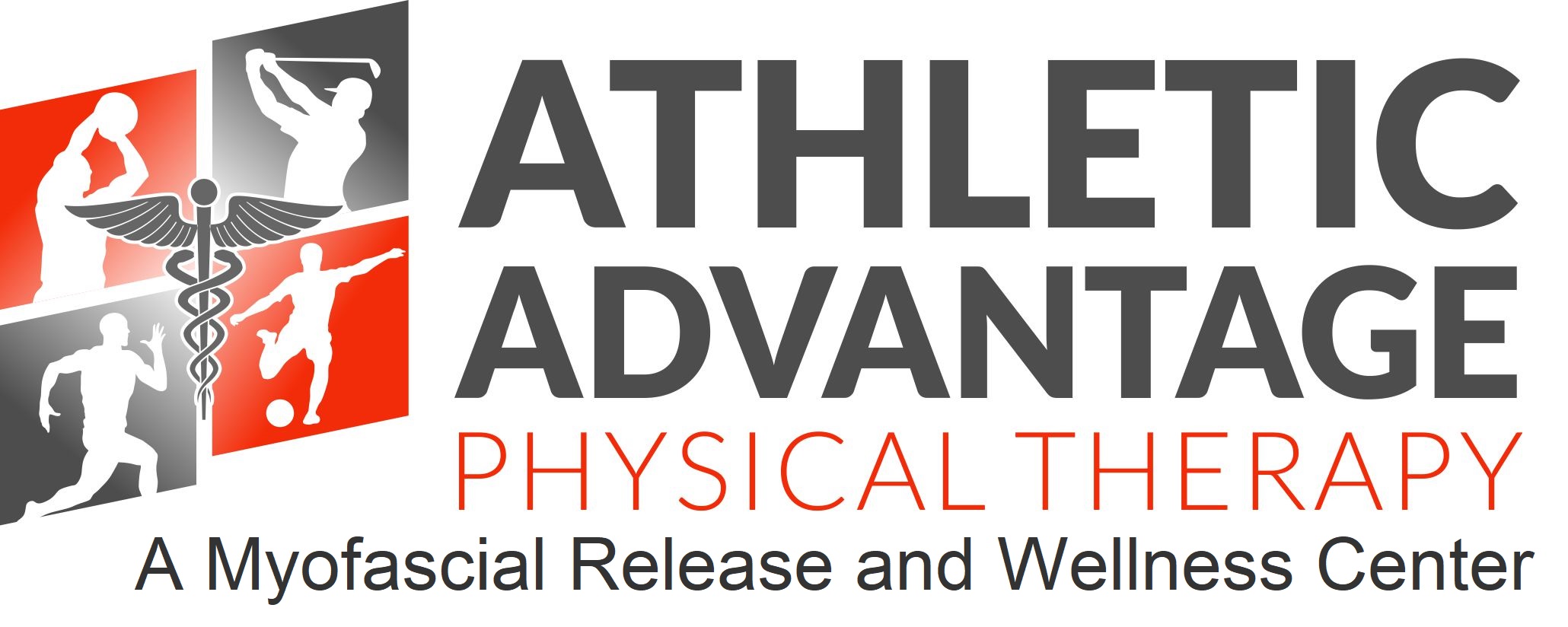If you are an athlete with Achilles tendinopathy, you understand first-hand how frustrating and distressing this condition can be to manage. You may be wondering about the best and quickest way to return to your recreational or sporting activities without your ankle pain limiting your performance. On one hand, you might be concerned that you could be worsening your condition by “pushing through the pain” when you are training for your sport. On the other hand, you do not want to take a break from your normal athletic activities and lose out on valuable training time by resting your ankle. Below, we will explore these topics and provide you with some evidence-based answers regarding appropriate strategies for recovery.
The basics of Achilles tendinopathy & recommended treatments
Let’s start with the basics. Achilles tendinopathy is an overuse condition that results in ankle pain during and sometimes after physical activity. Because physical activity is what typically aggravates your pain, it may seem logical that completely ceasing your normal athletic activities would be the best way to get better. However, research suggests that this may not be necessary in many cases. Before giving specific activity recommendations, we need to differentiate between individuals who just recently started experiencing symptoms (≤3 months) and those who have had long-standing symptoms (>3 months). This determination is important because the recommendations generally differ between these two groups. For individuals who just recently started having symptoms, temporarily stopping painful Achilles tendon-loading activity and replacing it with non-irritating activity is typically recommended3. However, the story is a little bit different for those with long-standing symptoms. In fact, in this particular group of athletes, progressive mechanical loading of the ankle is the most evidence-based conservative intervention available.
How much activity is appropriate when dealing with an aggravated Achilles?
So, now that we know completely discontinuing your athletic activities is not usually required with long-standing symptoms, you might be wondering how much activity you should be doing. The answer is different for each person and is determined by implementing a pain-monitoring system. The first principle of this system allows you to participate in tendon-loading activities as long as your pain does not surpass a 5/10 on a pain intensity scale. On this scale, 0/10 is equivalent to no pain, and 10/10 is equivalent to the worst pain you can imagine. The second principle of this system is that any increase in pain that you experience during or after your tendon-loading activity should not persist until the next morning. Instead, pain should be equal to or below your baseline level by that time. If either of these conditions is not met, you should modify your activity to a level that meets these conditions. Research suggests that if you use this model appropriately, you should not experience any negative impacts on your pain or function compared to if you had ceased your athletic activities. In other words, it is safe to continue training if you implement the principles stated above.
There is one additional aspect to consider regarding the use of this pain-monitoring system. In the study that tested this model, the participants also engaged in a progressive Achilles tendon loading program guided by a physical therapist. By the end of the program, these participants experienced significant improvements in their pain and function compared to their baseline levels. This study is in line with other research that demonstrates physical therapy is an effective method to address the pain and functional deficits associated with Achilles tendinopathy.
Treating Achilles tendinopathy in Central Ohio with Physical Therapy
In summary, completely ceasing your athletic activities is typically not necessary if you have long-standing Achilles tendinopathy. In fact, carefully monitoring your symptoms is an excellent way to keep you engaged in your training. In addition to using the pain-monitoring system, you should seriously consider engaging in physical therapy to improve your symptoms and help you get back to the level of performance you had attained before your Achilles tendinopathy.
If you have any questions, we are always here to help. Please feel free to use our contact page to get in touch with us, or call our office at (740) 549-7041.


